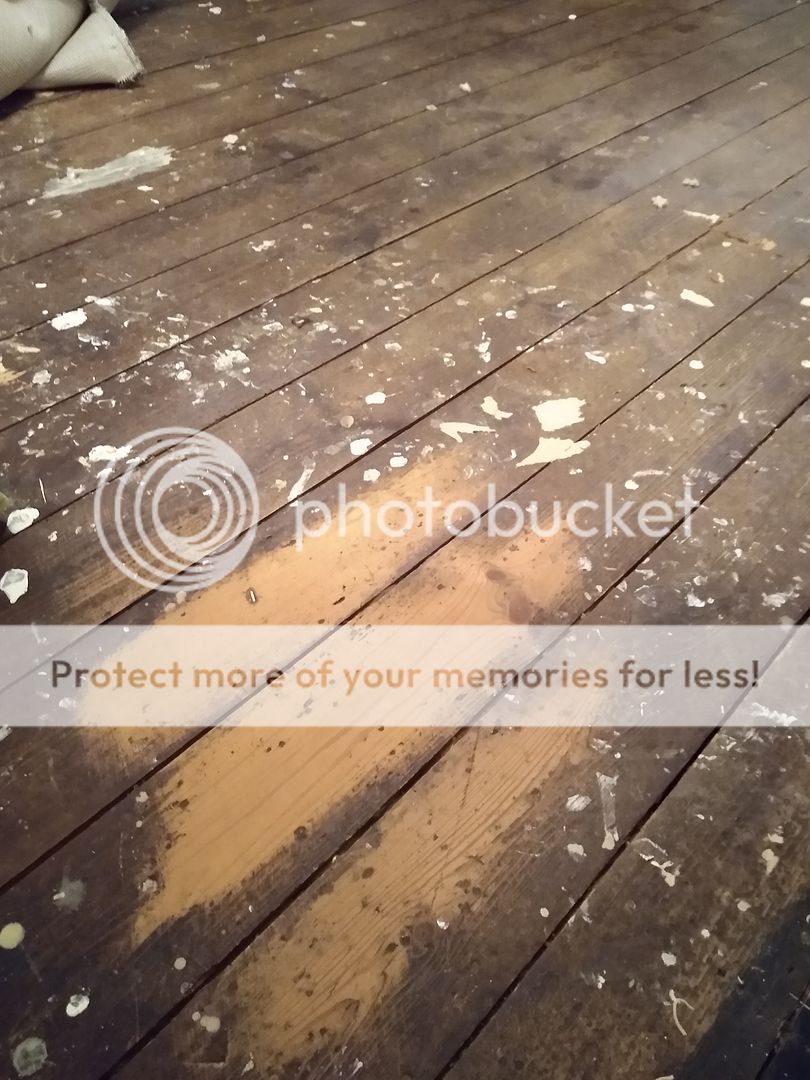Hello all,
Got this as a bonus question elsewhere but thought a repost here would be a good idea.... Anyone have any idea what kind of wood I'm dealing with here (see below)? You can see where I have sanded it a little by hand. I suspect Pine or Douglas Fir. It's a 1930's house in Seaford, Sussex if that helps. These are in an upstairs bedroom.
suggestions on where to source some reclaimed timbers to match also welcome.
Many thanks
Nick


Got this as a bonus question elsewhere but thought a repost here would be a good idea.... Anyone have any idea what kind of wood I'm dealing with here (see below)? You can see where I have sanded it a little by hand. I suspect Pine or Douglas Fir. It's a 1930's house in Seaford, Sussex if that helps. These are in an upstairs bedroom.
suggestions on where to source some reclaimed timbers to match also welcome.
Many thanks
Nick



